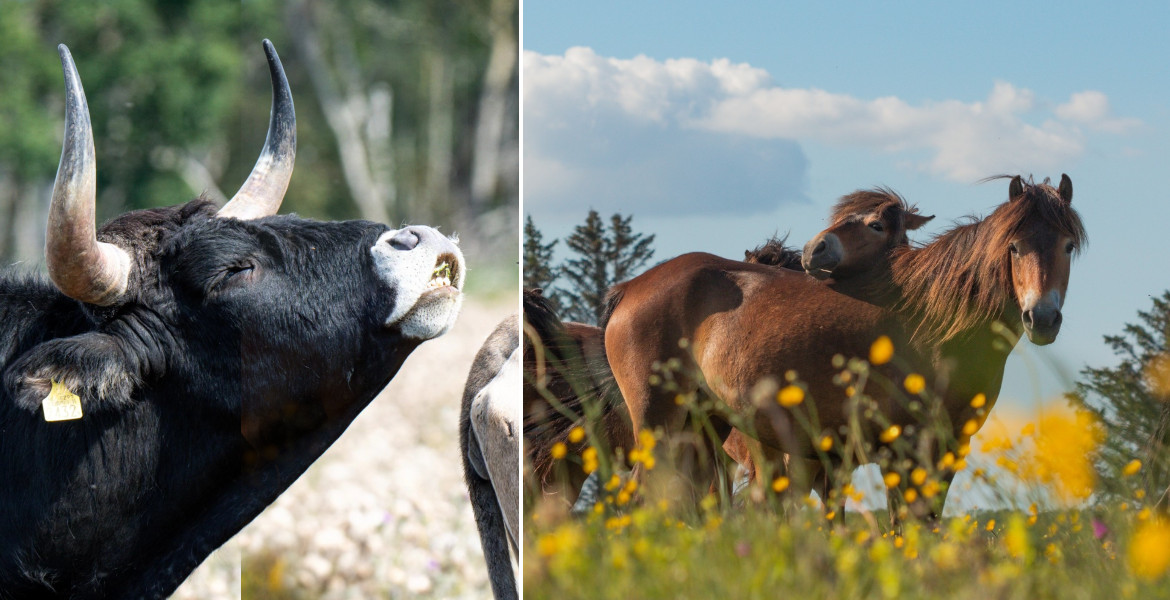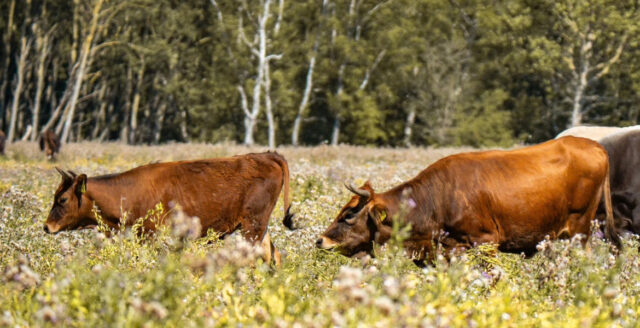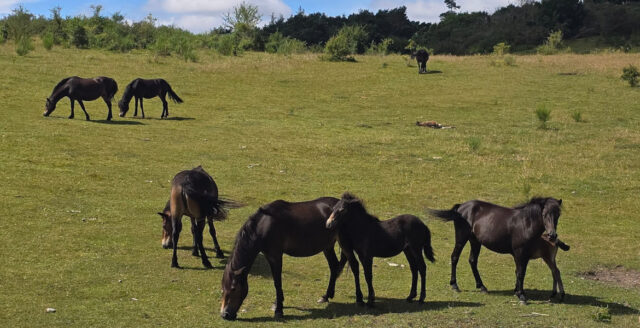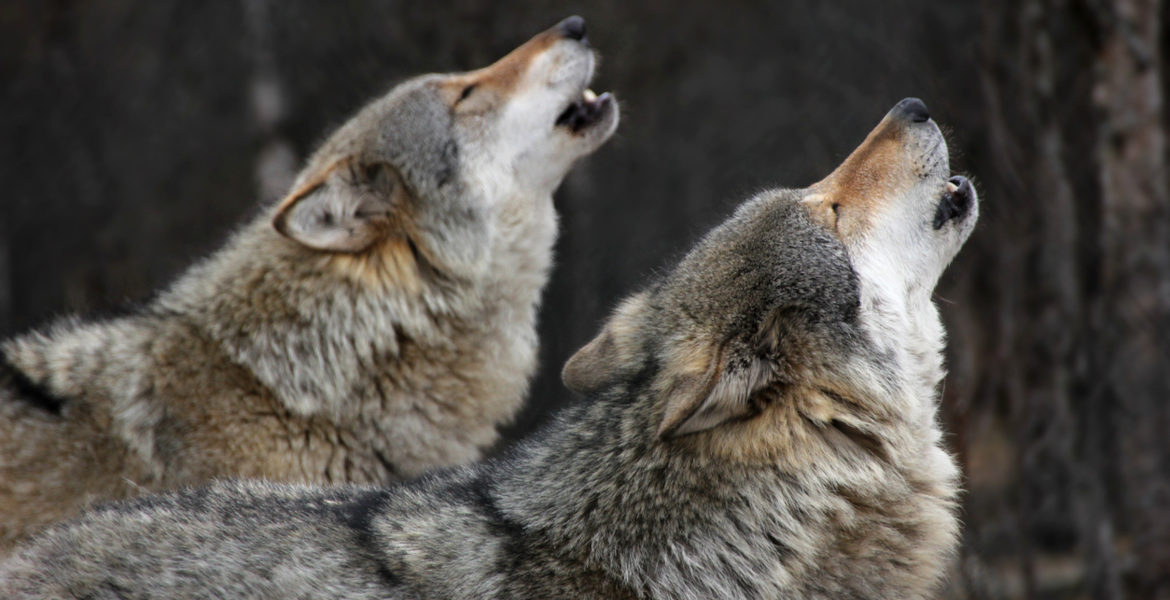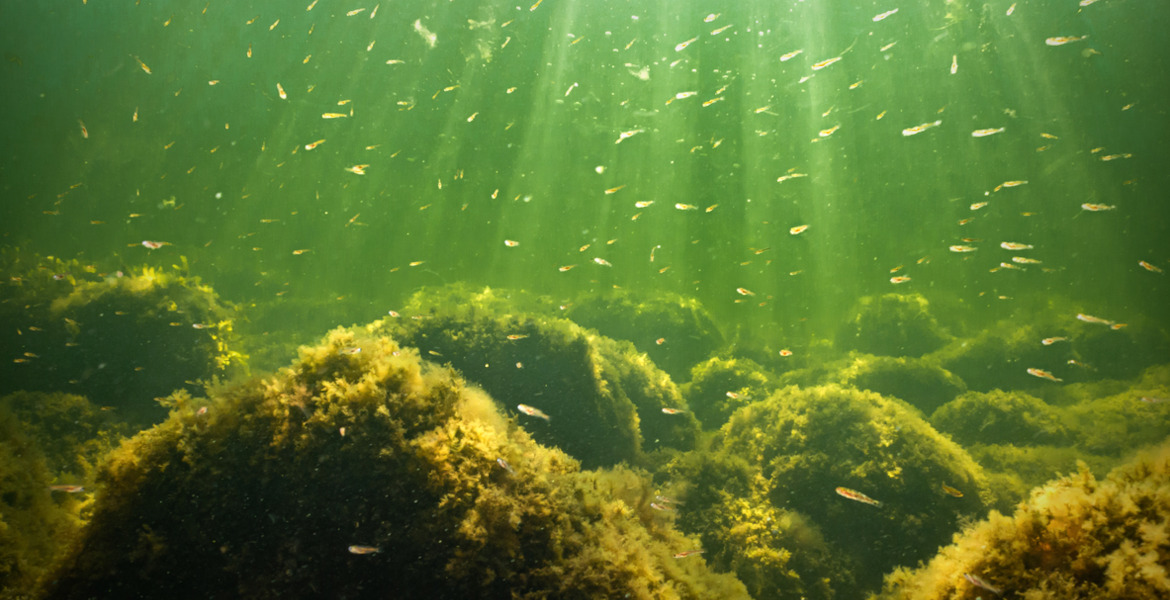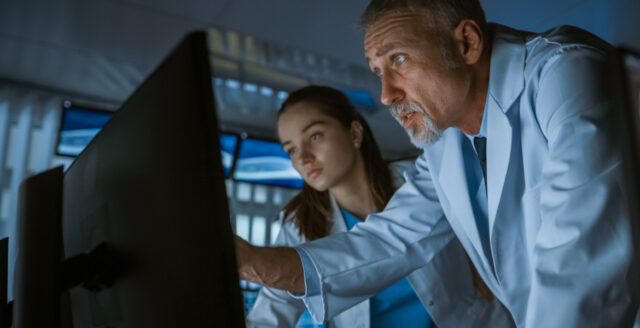PFAS are present almost everywhere in our daily lives – but there are ways to reduce both intake and release into the environment. Simple measures can help reduce exposure and better protect both health and nature.
PFASs are a group of about 15,000 identified substances, all with varying properties and wide use in society. Common to all PFAS substances is that they are very difficult to break down and some PFAS can have harmful effects, both for humans and the environment. All PFAS substances are synthetically produced and do not occur naturally in the environment.
Studies show that there are links between several health problems and exposure to PFASs, such as cancer, liver damage, reproductive impairment, intestinal diseases and thyroid disorders, according to Naturskyddsföreningen. Some studies show that girls with high levels of PFAS in their blood started menstruating earlier than girls with lower levels, while other studies show that pregnant women with PFAS in their blood are at risk of their children becoming overweight later on. Children are particularly vulnerable to the toxic chemicals as their organs are still developing, and last year researchers alerted that Norwegian babies had particularly high levels of PFAS in their blood, including as many as 78% of six-month-olds.
About nine years ago, the much-publicized PFAS scandal in Kallinge came to light. After the Swedish Armed Forces used a fire-fighting foam containing the dangerous chemicals, these had been dispersed into the water for several decades, which the people of Kallinge had been drinking without knowing it. Samples showed greatly elevated levels of PFAS. After many court cases, the Kallinge residents were finally awarded damages.
Following the scandal, a number of residents in the area have been diagnosed with cancer, including Louise Karlsson, who has bladder cancer, and her son, who has the chronic intestinal disease Crohn’s.
– Yesterday I found out about two more cancer cases here, one with throat cancer and one with rectal cancer. Several of us have been affected, one after the other, said Kallingebon to TT in 2023.
Avoid microwave food
Since 2023, there are limit values for the amount of PFAS that may be present in food in the EU. According to the Swedish Society for Nature Conservation (Naturskyddsföreningen), however, these values are not based on what is safe for health.
“Unfortunately, there are so many PFAS in nature that some foods would not be allowed to be sold if the limit were set from a health perspective”, writes the association.
So it can still be useful to know where most of the dangerous chemicals are found, even if it is difficult to avoid them completely. PFASs repel grease, dirt and water. This is why they are often found in food packaging, such as microwave foods. They can also be found in fast food packaging.
Unfortunately, a lot of fish and shellfish contain these harmful substances. Swedish fish and even crayfish have been found to contain high levels and the Swedish Society for Nature Conservation advises against eating fish and shellfish from lakes near communities or industries.
PFAS are often found in pesticides, so choosing organic fruits and vegetables can be beneficial.
Avoid: Teflon and paper cups
When cooking, it is safer to use glass, porcelain, stainless steel and cast iron pans, pots and pans. Avoid those with non-stick coatings, such as Teflon.
Many textiles on the market have dirt-repellent impregnations, such as carpets, some sofas and tents. When buying a sofa, for example, you are more likely to sit PFAS-free if you choose one with a washable cover.
It is also said that paper and plastic cups are real PFAS bombs and since PFAS substances are digested by hot drinks such as coffee, tea or chocolate, it is better to use porcelain cups.
Another somewhat unexpectedly PFAS-intensive product is receipt paper, so it may be wise to rinse your hands after fiddling with a receipt and wear suitable work gloves if you work daily with receipts in any form.
Found in all drinking water
Today, there is a recommendation of a limit value of 4 ng/L in drinking water, which will become legally binding from 2026. PFAS is found in almost all Swedish drinking water, but only one in ten municipalities currently exceeds the limit value. To find out what the situation is in your municipality, you can contact the water companies, which often indicate the level on their website. If you have your own well, you can contact your municipality’s environmental administration for advice on how to test your water.
There are filters on the market for the purpose of purifying water from PFAS, but the documentation on the effectiveness of these is limited.
Think about cleaning
PFAS are commonly found in laundry and cleaning products, especially in floor polish and impregnation for stone, grout, tiles and clinker. However, product labels such as Bra Miljöval, Nordic Swan, Ecocert should be completely free of PFAS. Other common labels such as Blauer Engel, TCO and EU Organic are more product specific.
PFAS have been found in face creams, face masks, eyeliners, foundations, high lighters, hair oil, lip pencils, shaving cream, mascaras, primers, powders, serums, toothpicks, eye pencils and eye shadows of several brands on the Swedish market.
A study published in 2018 by Stockholm University and others tested cosmetic products sold in Sweden. It found known PFAS substances in 16 out of 31 products tested. In some products, the level of the hazardous PFAS substance PFOA was so high that it could pose a health hazard in daily use.
As the PFAS substances mentioned above are often water, grease and dirt repellent, they can often be found in waterproof mascara or in foundation. Avoid products with ingredients containing “PTFE”, “polytef”, “perfluoro” or “polyfluoro” in the name. This does not guarantee complete avoidance of the substances, as they can slip into products unintentionally, but it is a good indicator to start with. Some products are also explicitly labeled as “PFAS-free”.
Sportswear contributes to environmental poisoning
Even impregnation for shoes and clothes often contains PFAS substances. It is better to choose Nordic Swan Ecolabeled products or impregnation made of wax. For skis, you should choose fluorine-free ski wax, and for bicycles it is best to choose car wax or lubricating oil that does not contain PTFE.
Unfortunately, functional clothing and shoes often contain PFAS. According to the Swedish Society for Nature Conservation, this is not dangerous to use, but it does contribute to the release of these substances into the environment. In this context, don’t forget the possibility of shopping second hand, or why not go to a clothing swap day?

